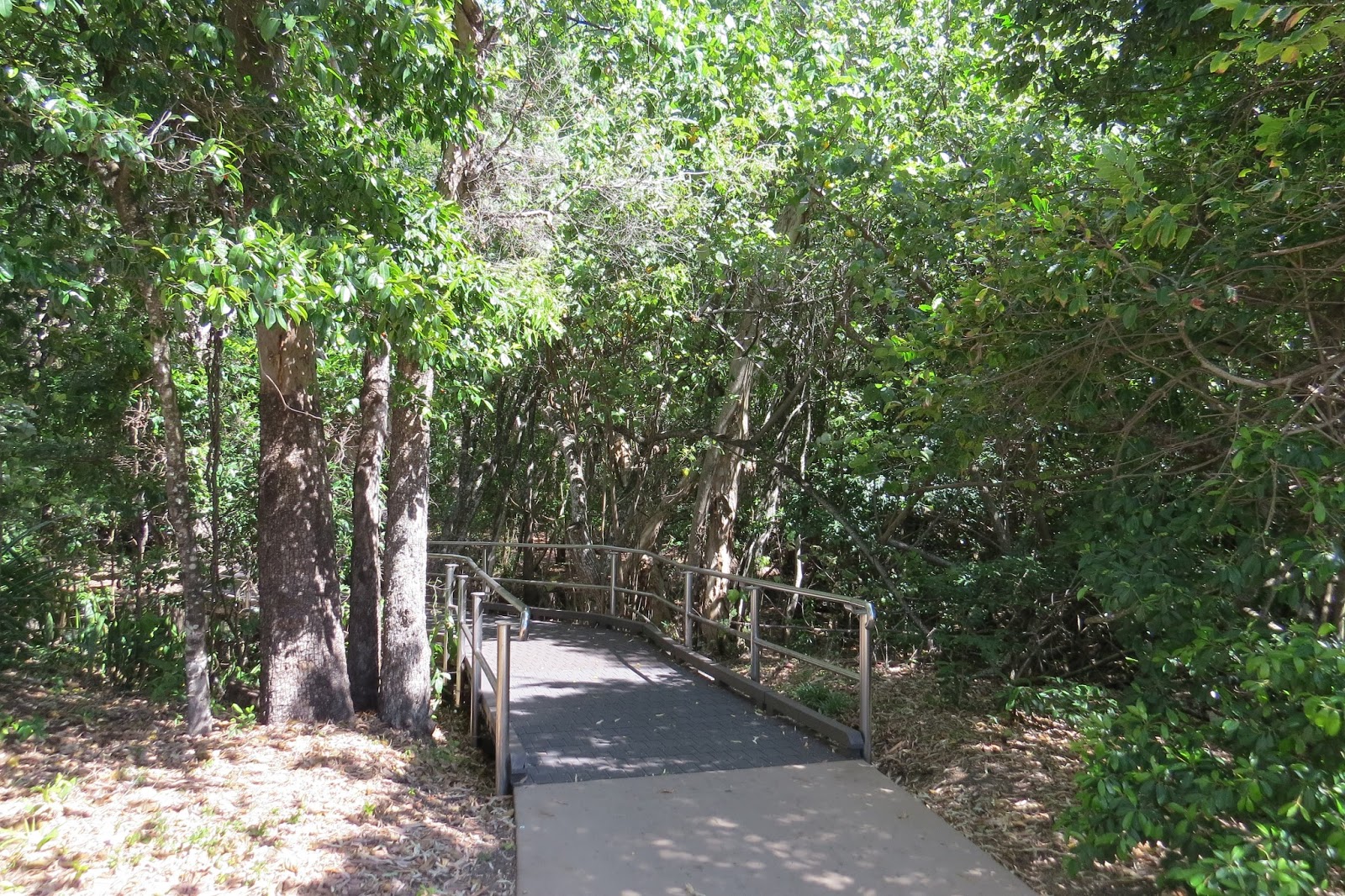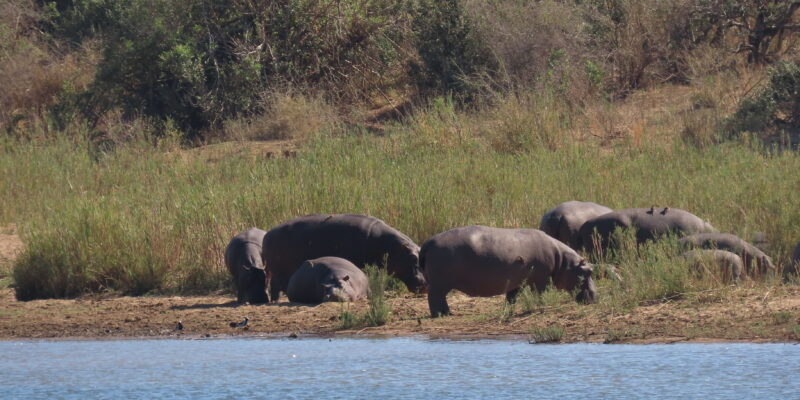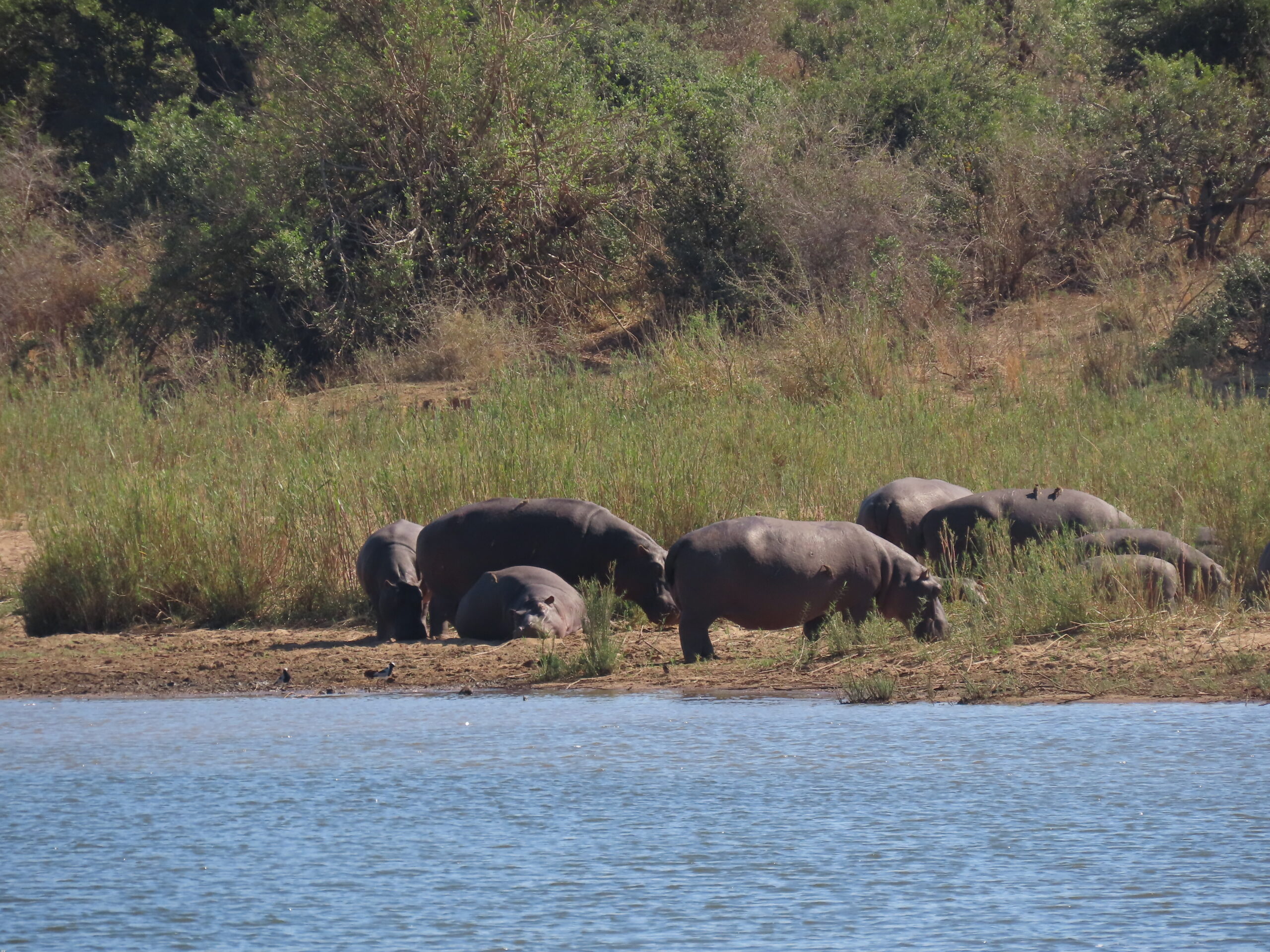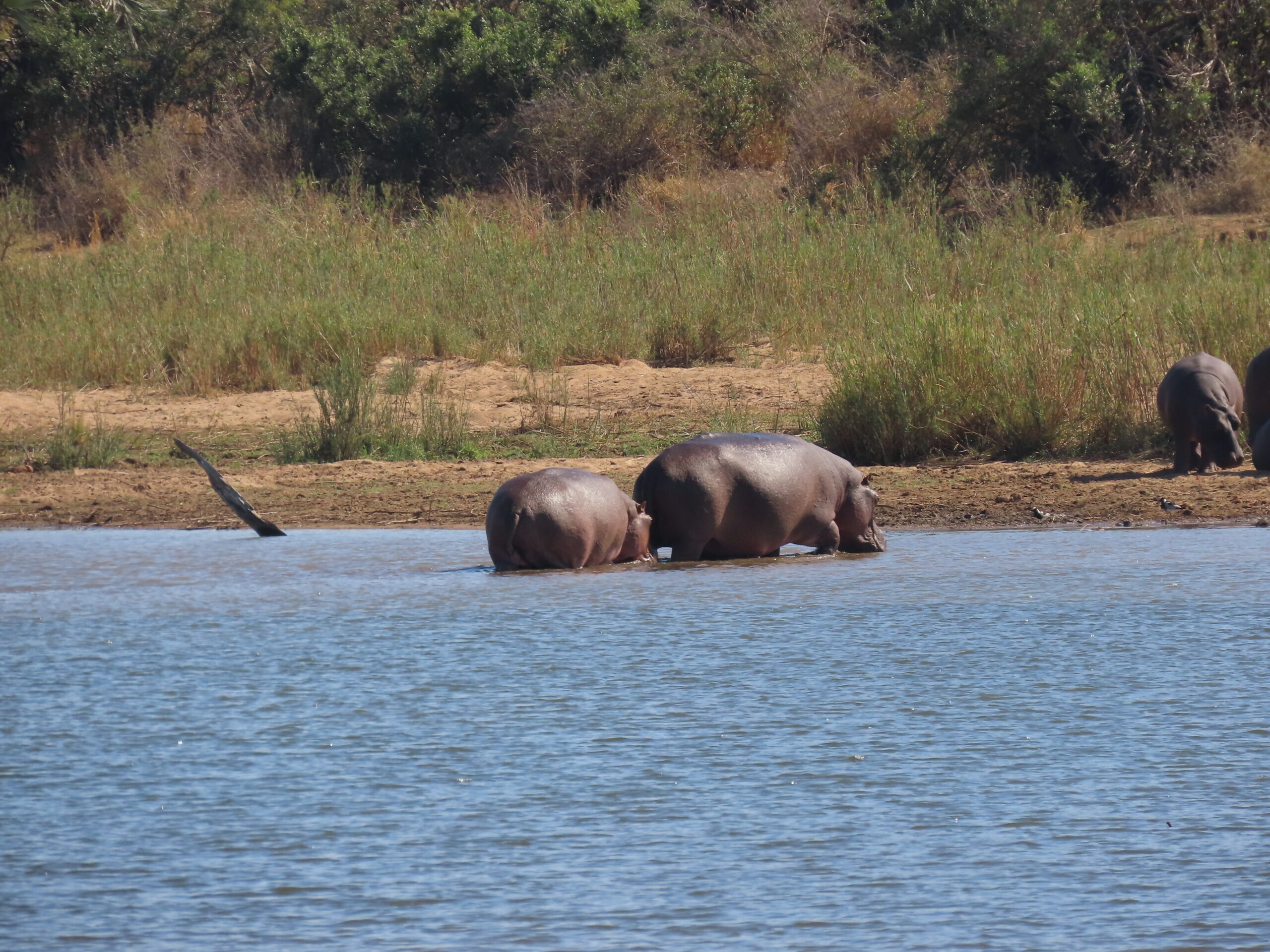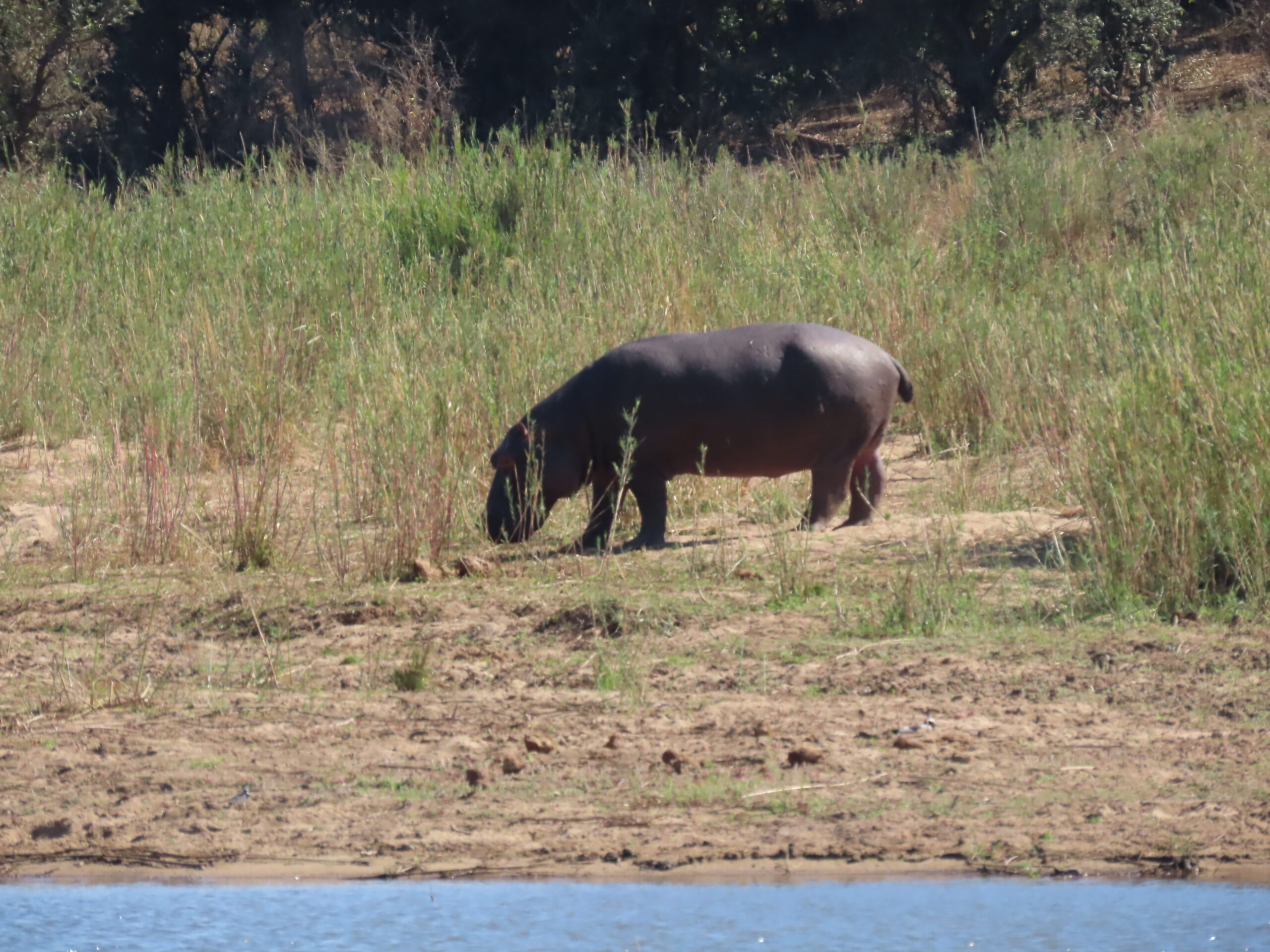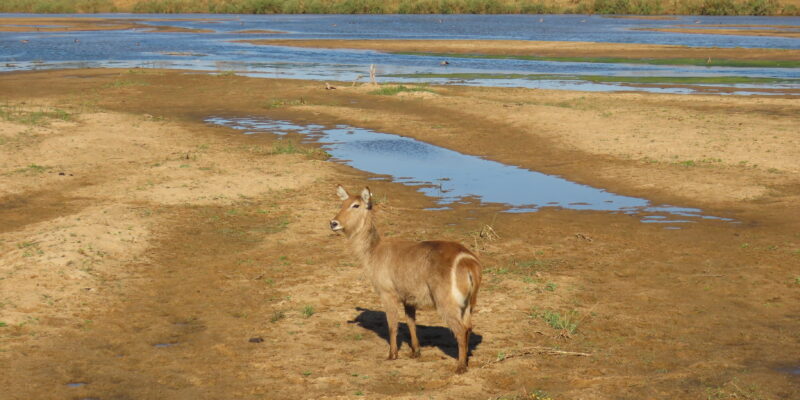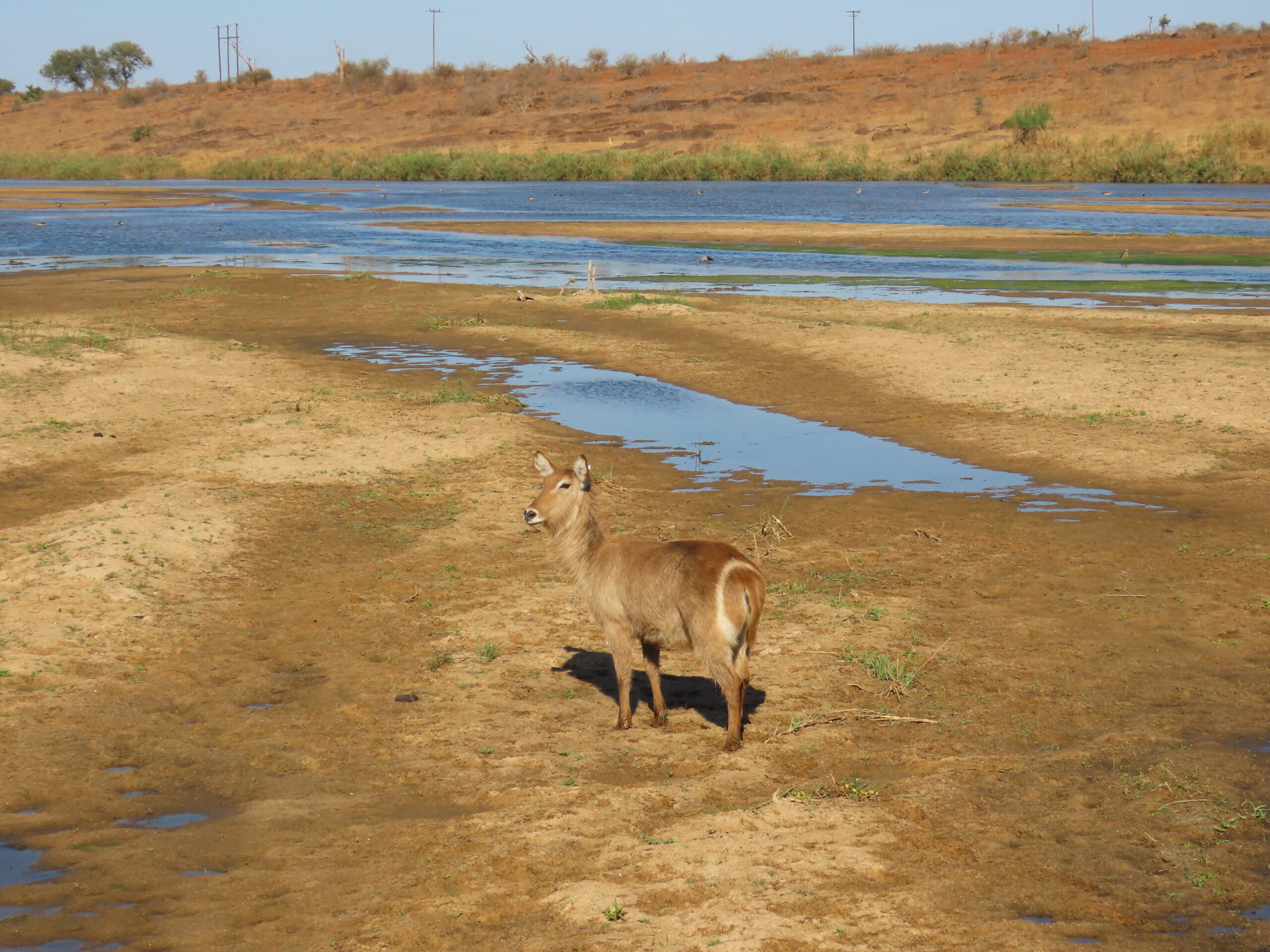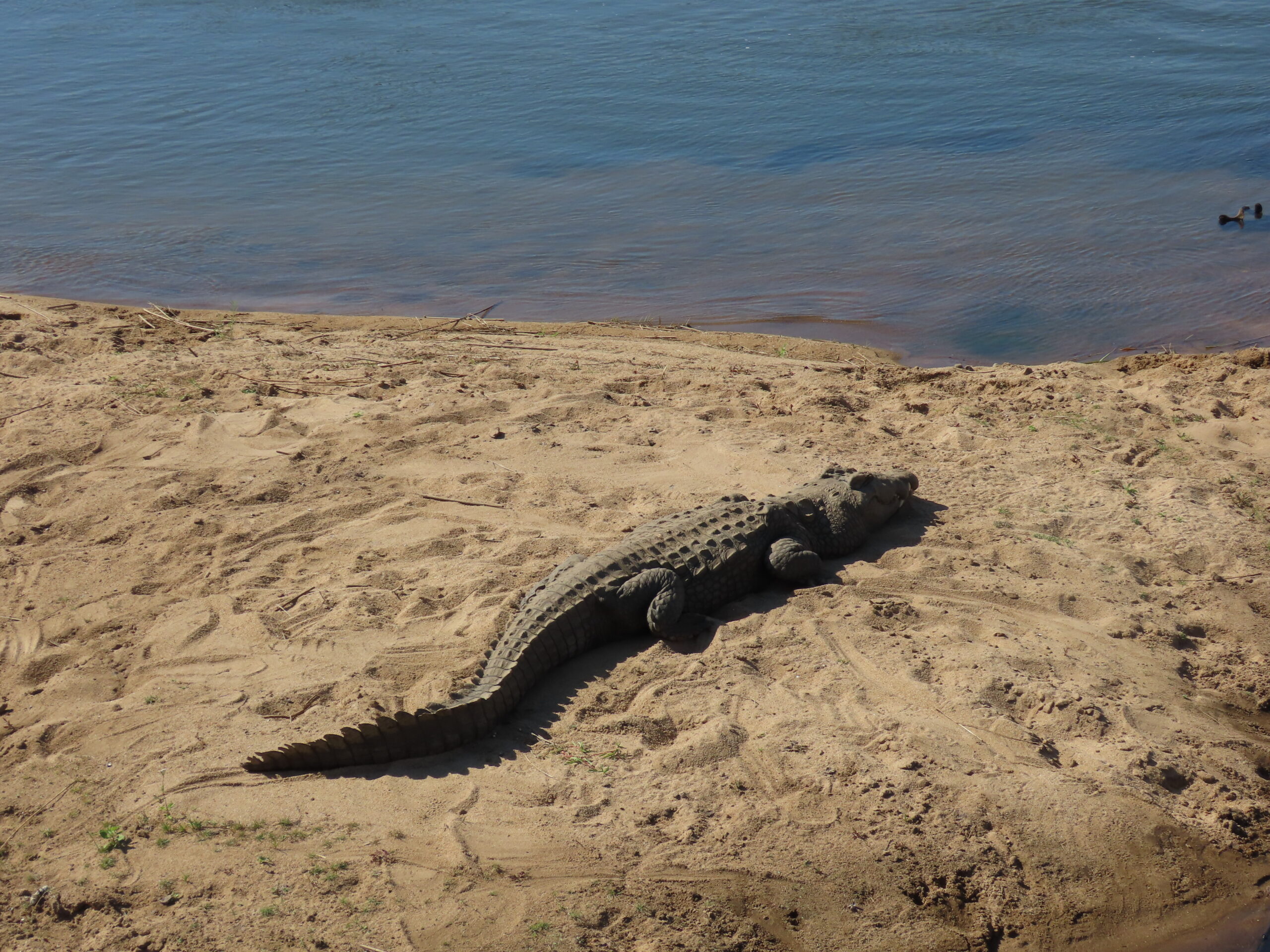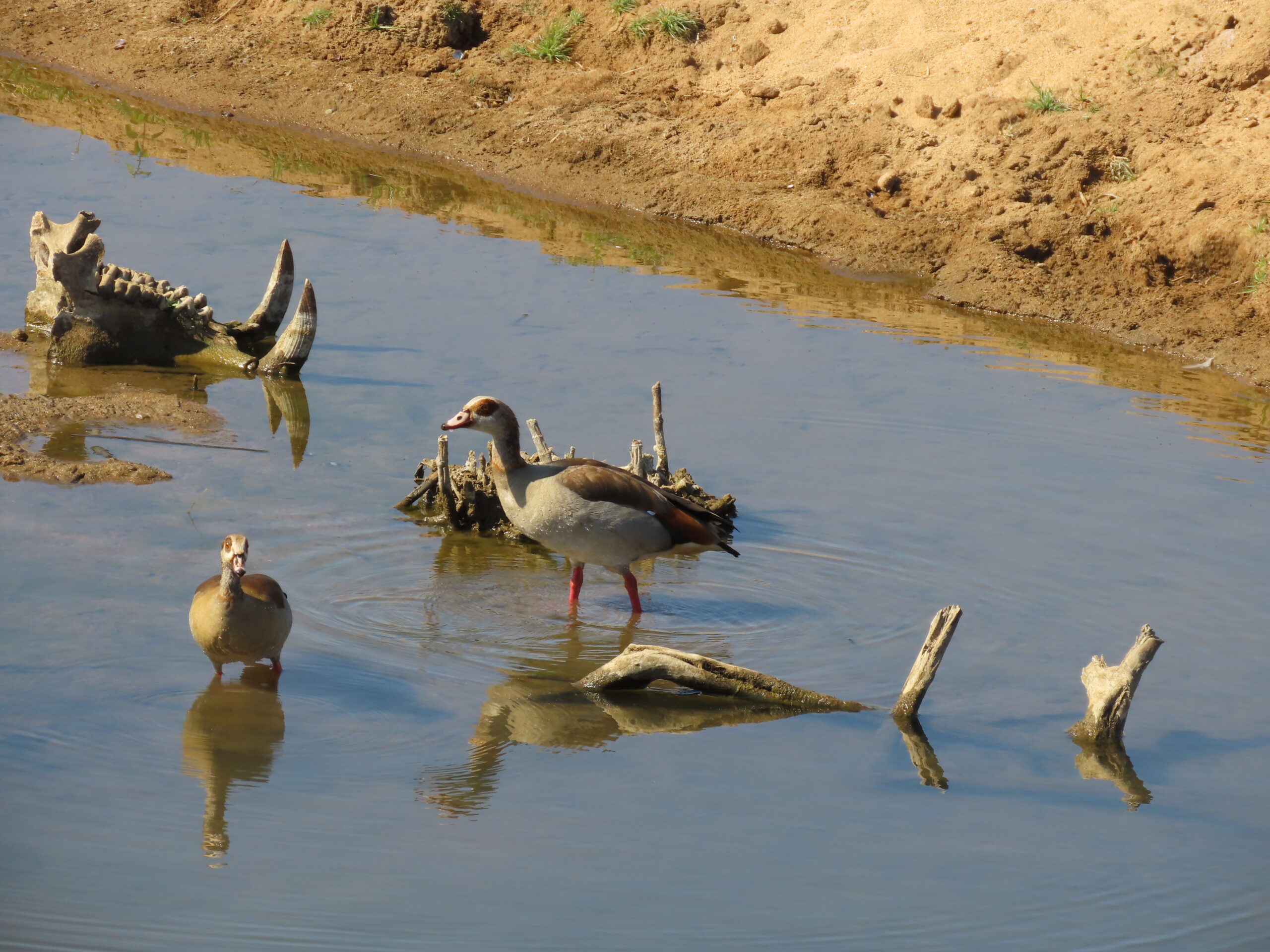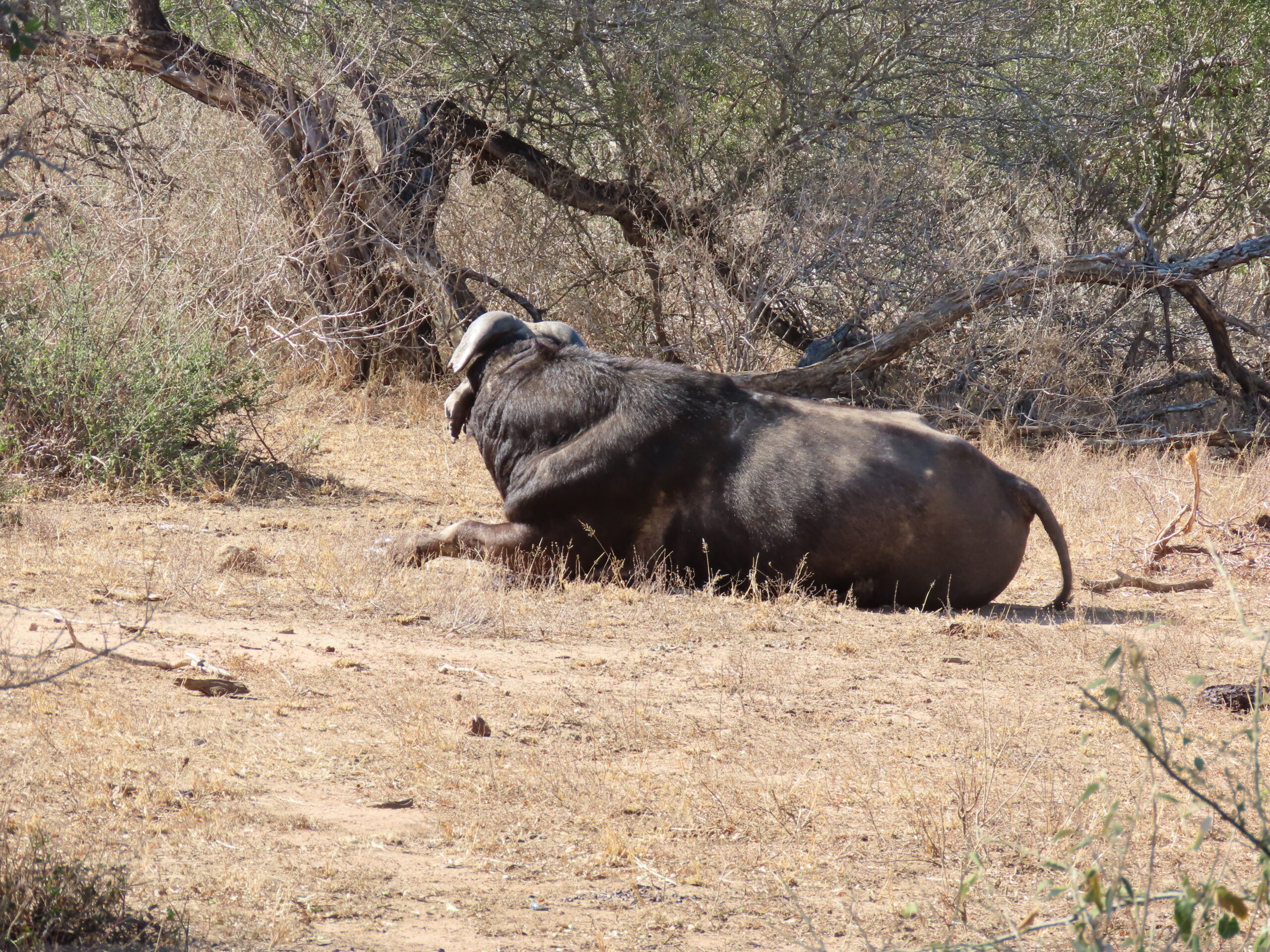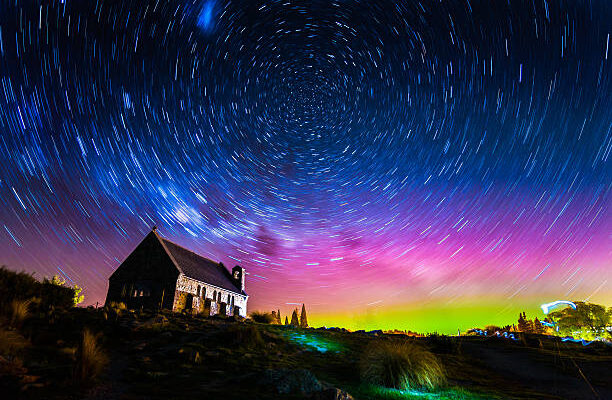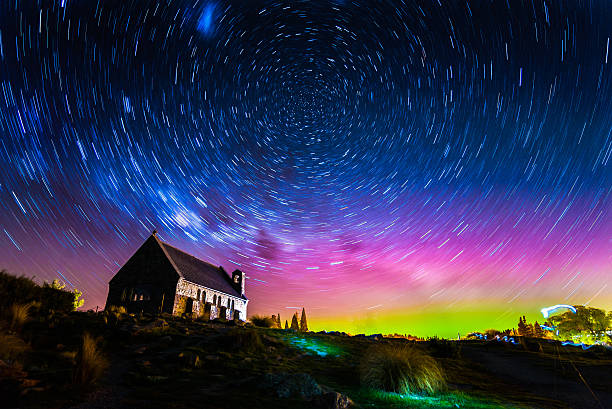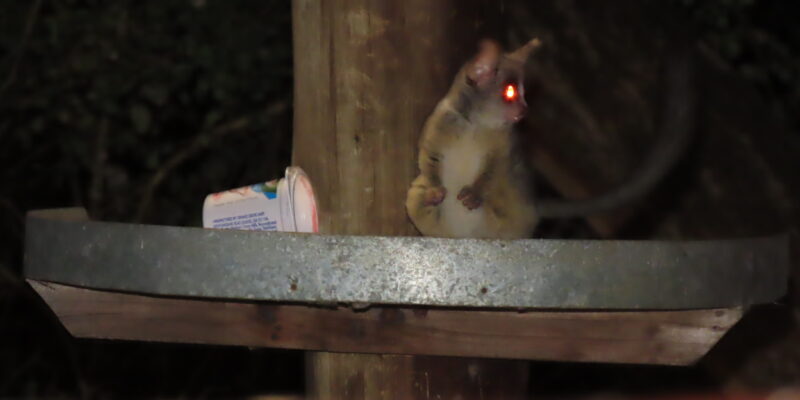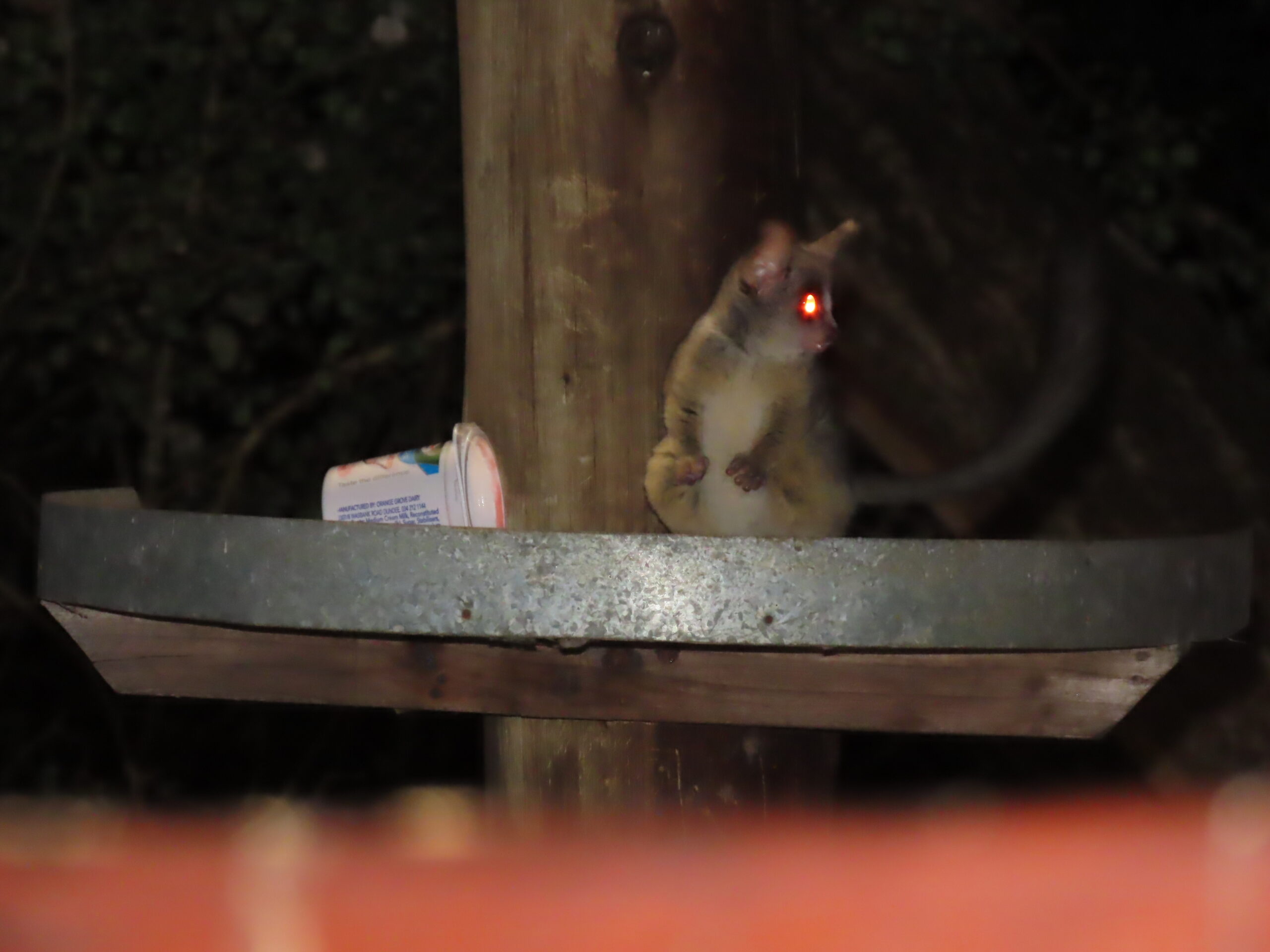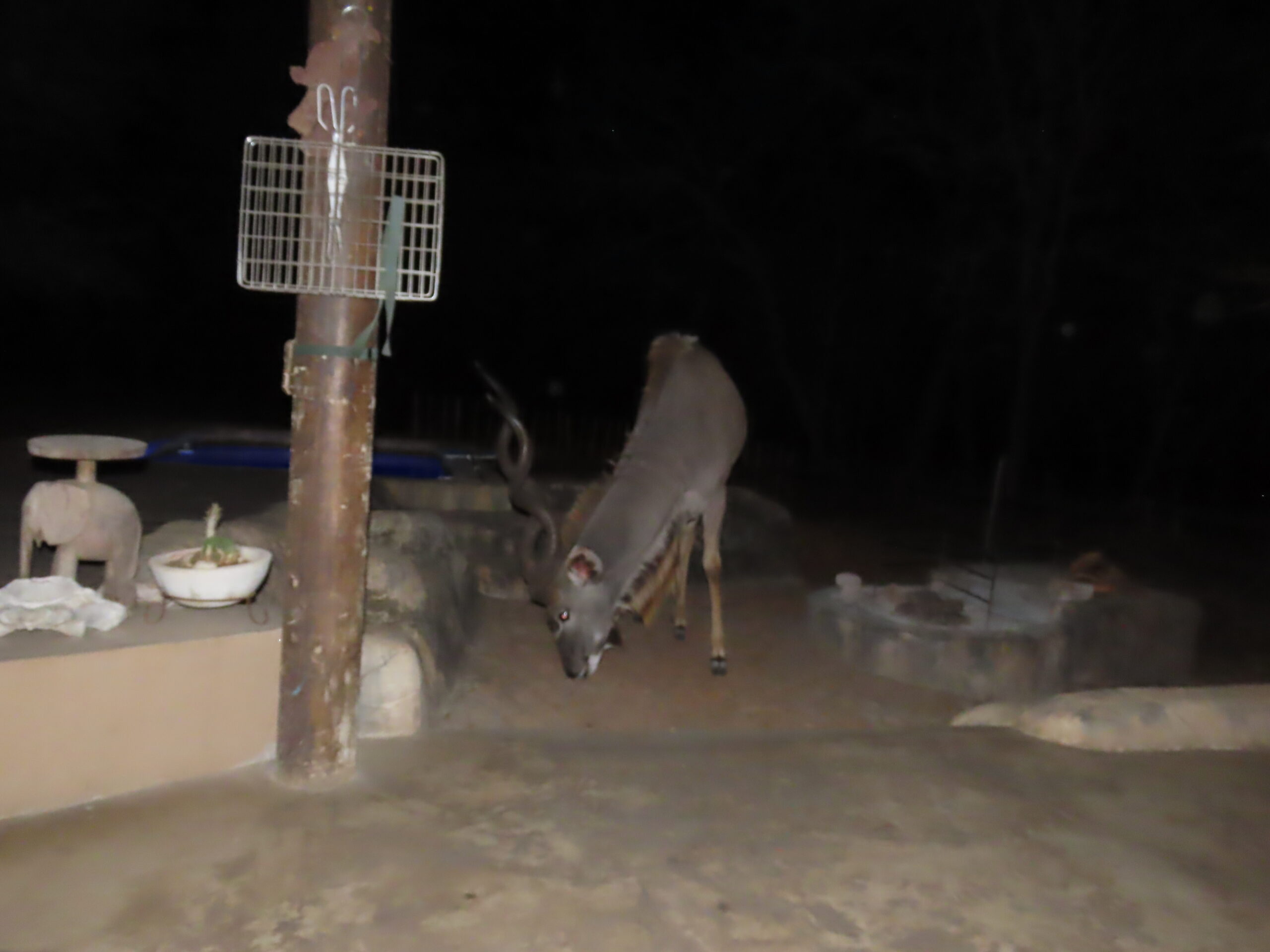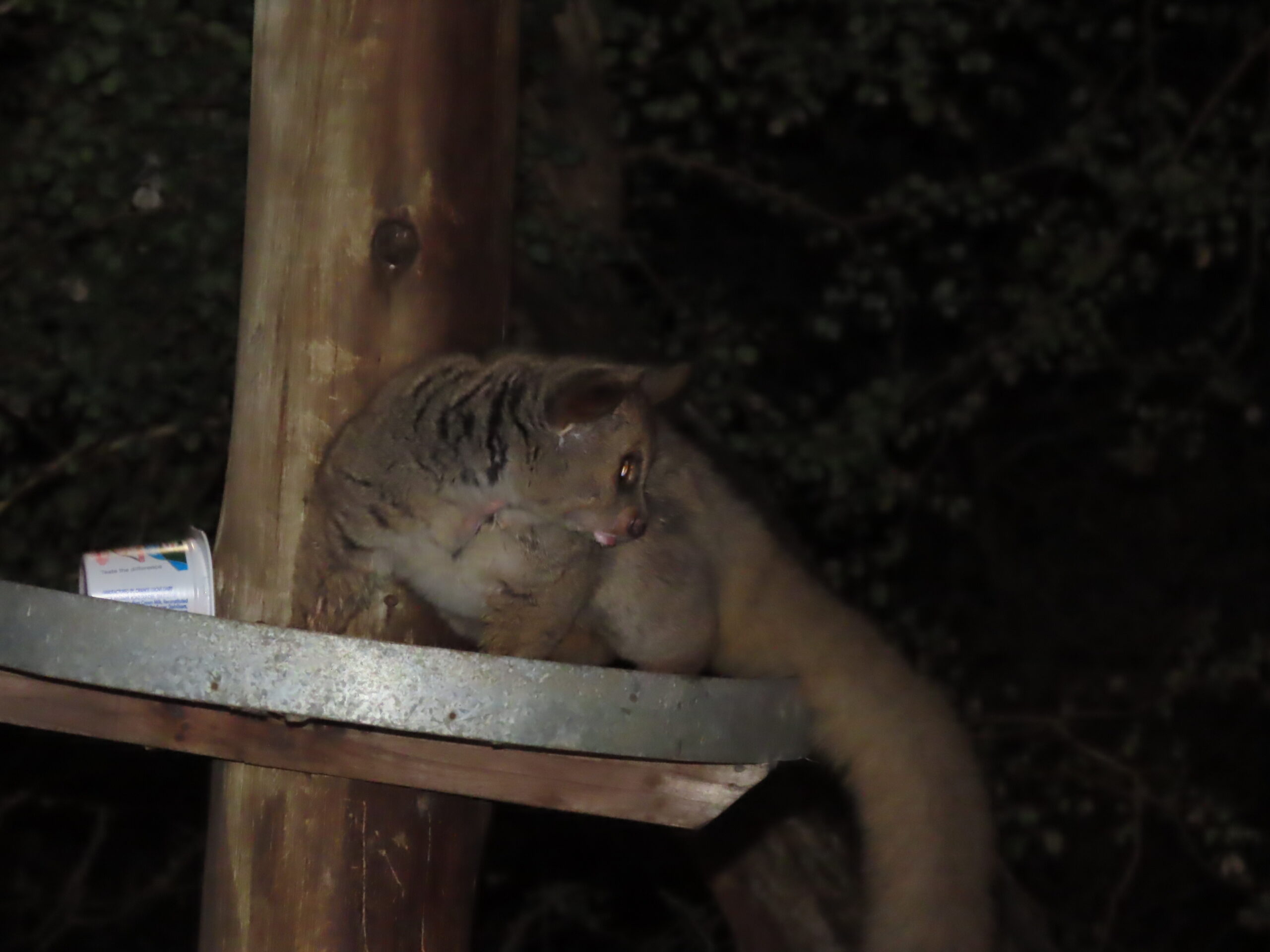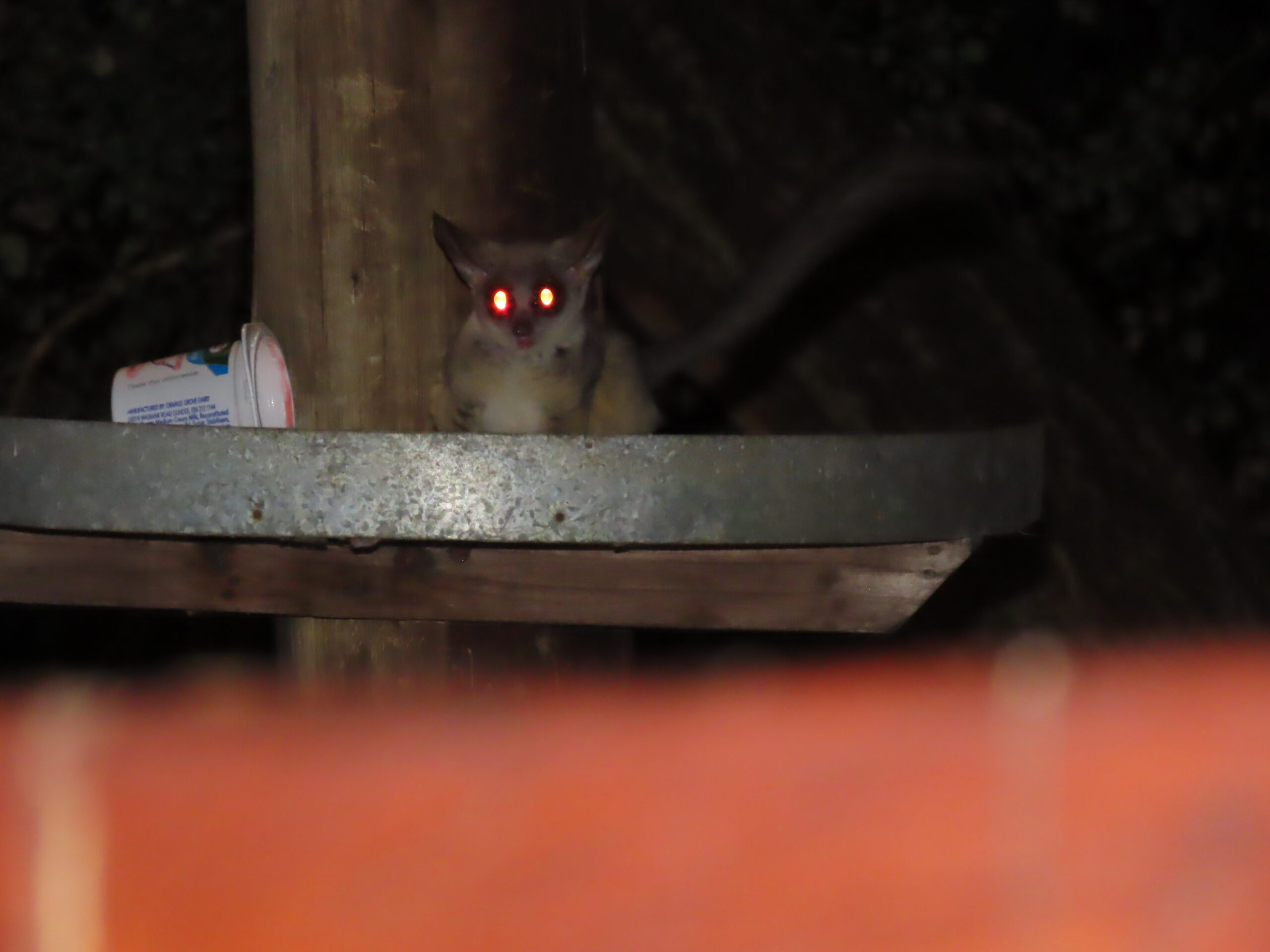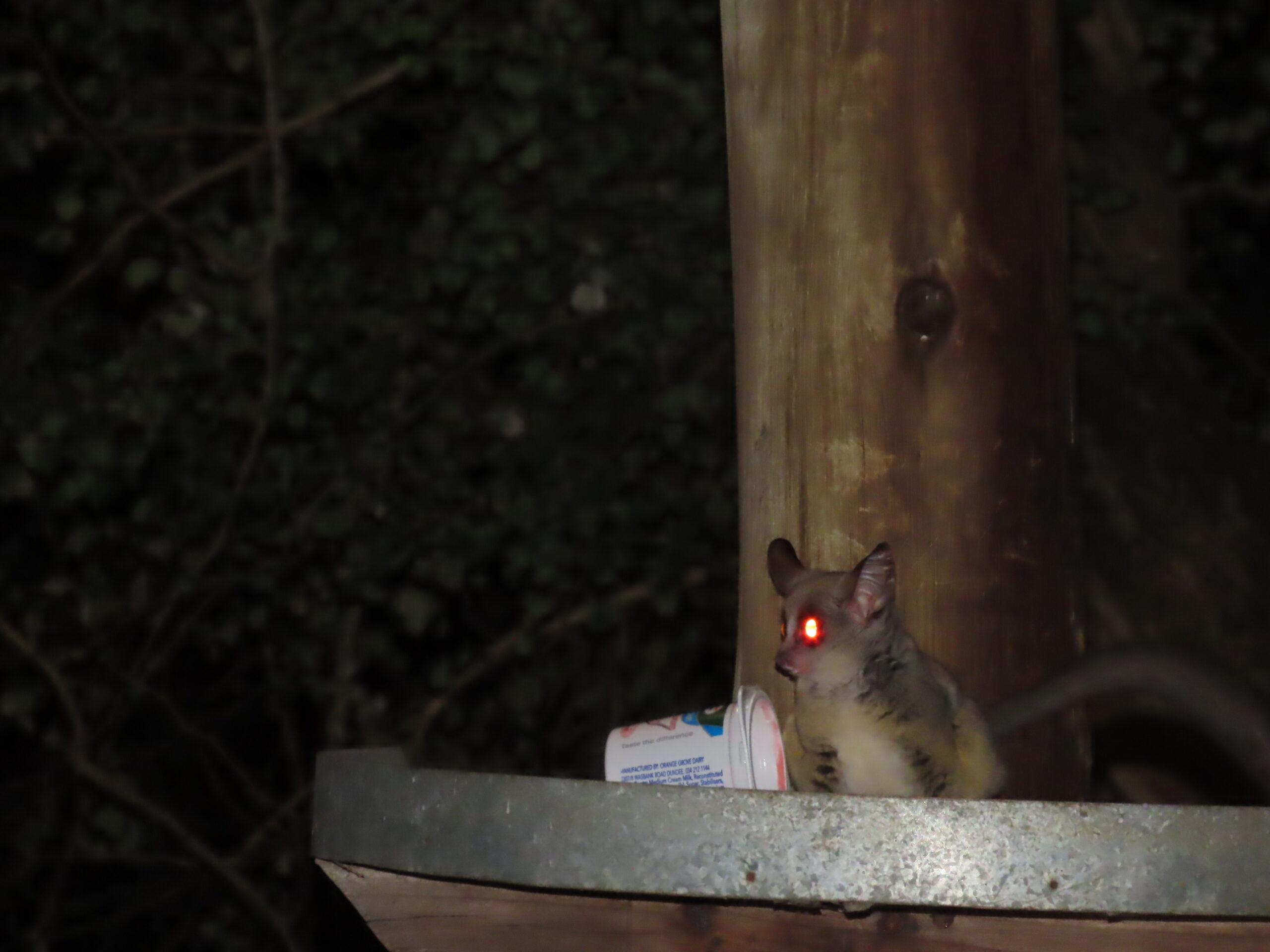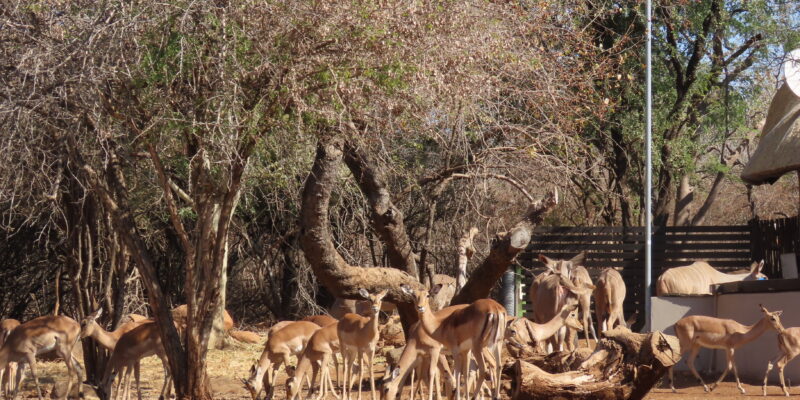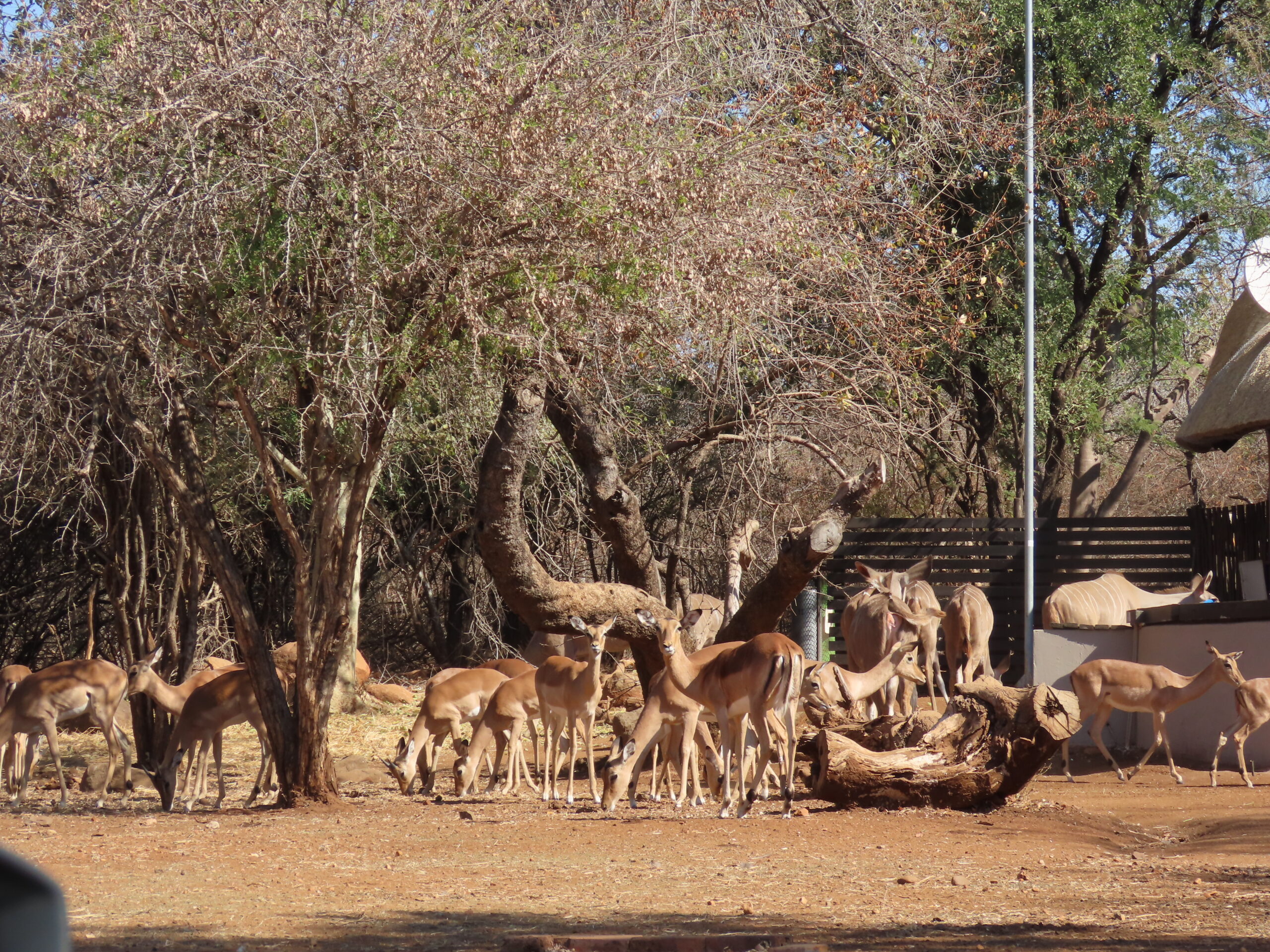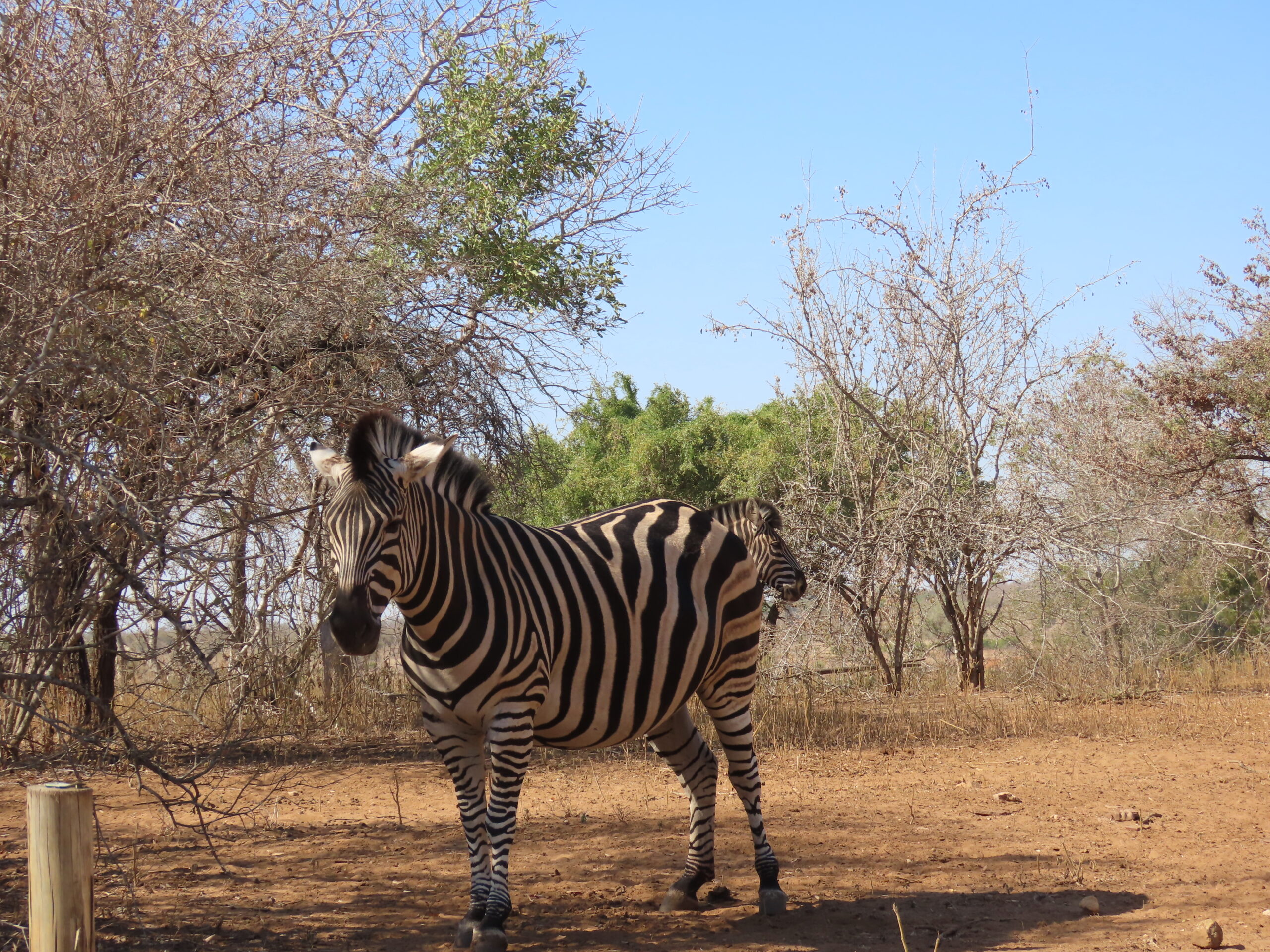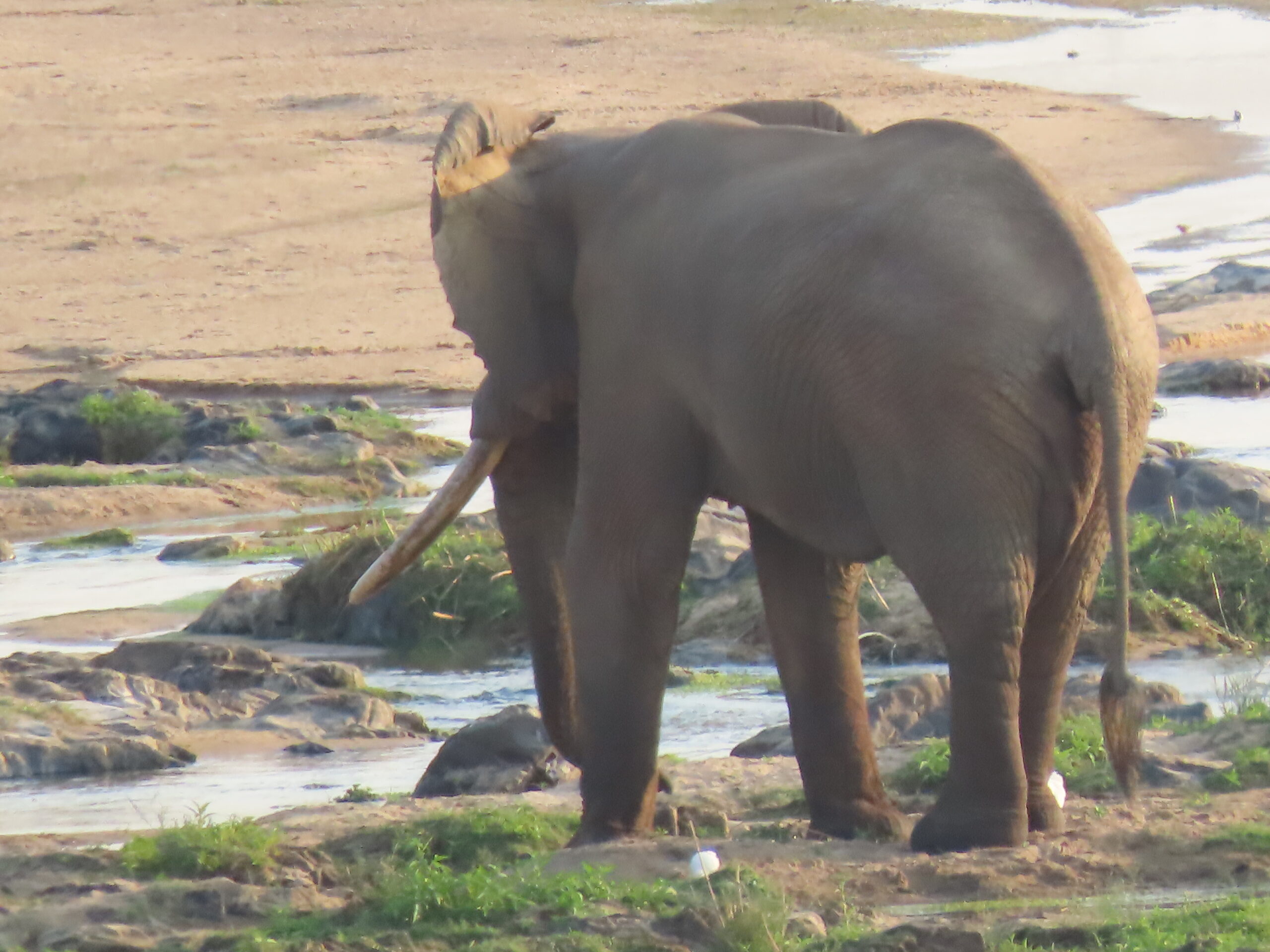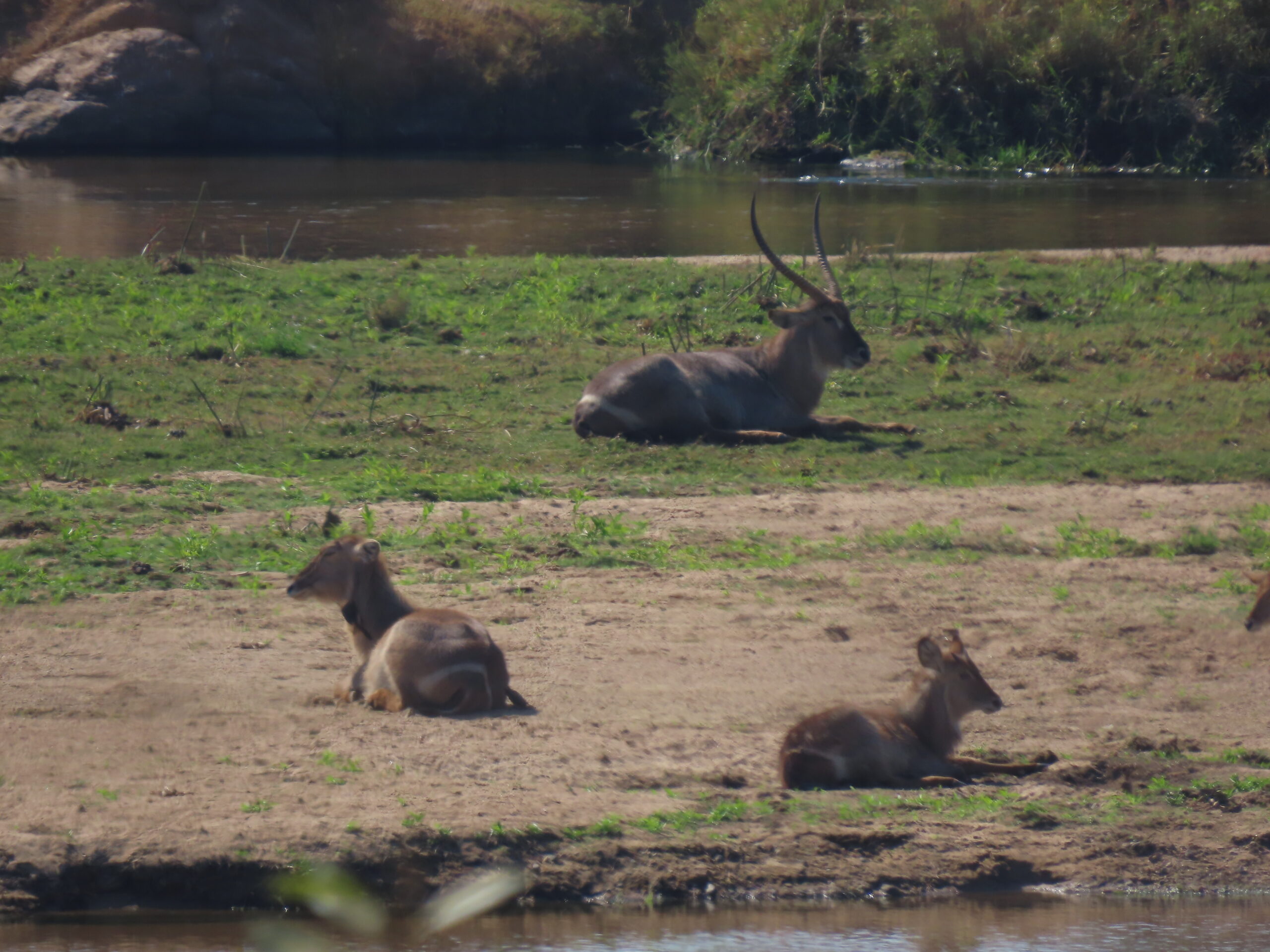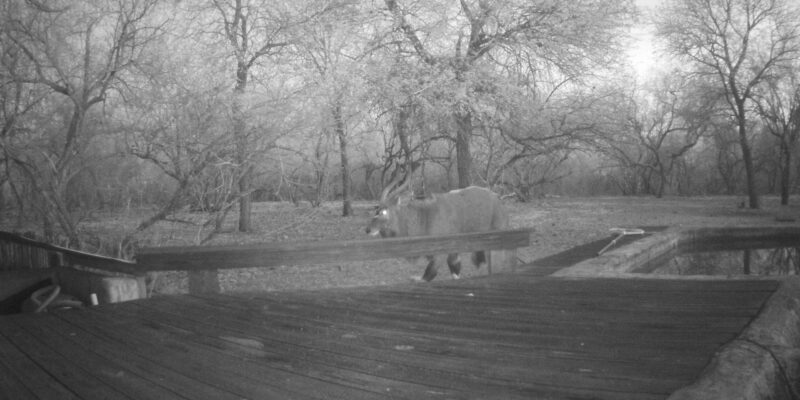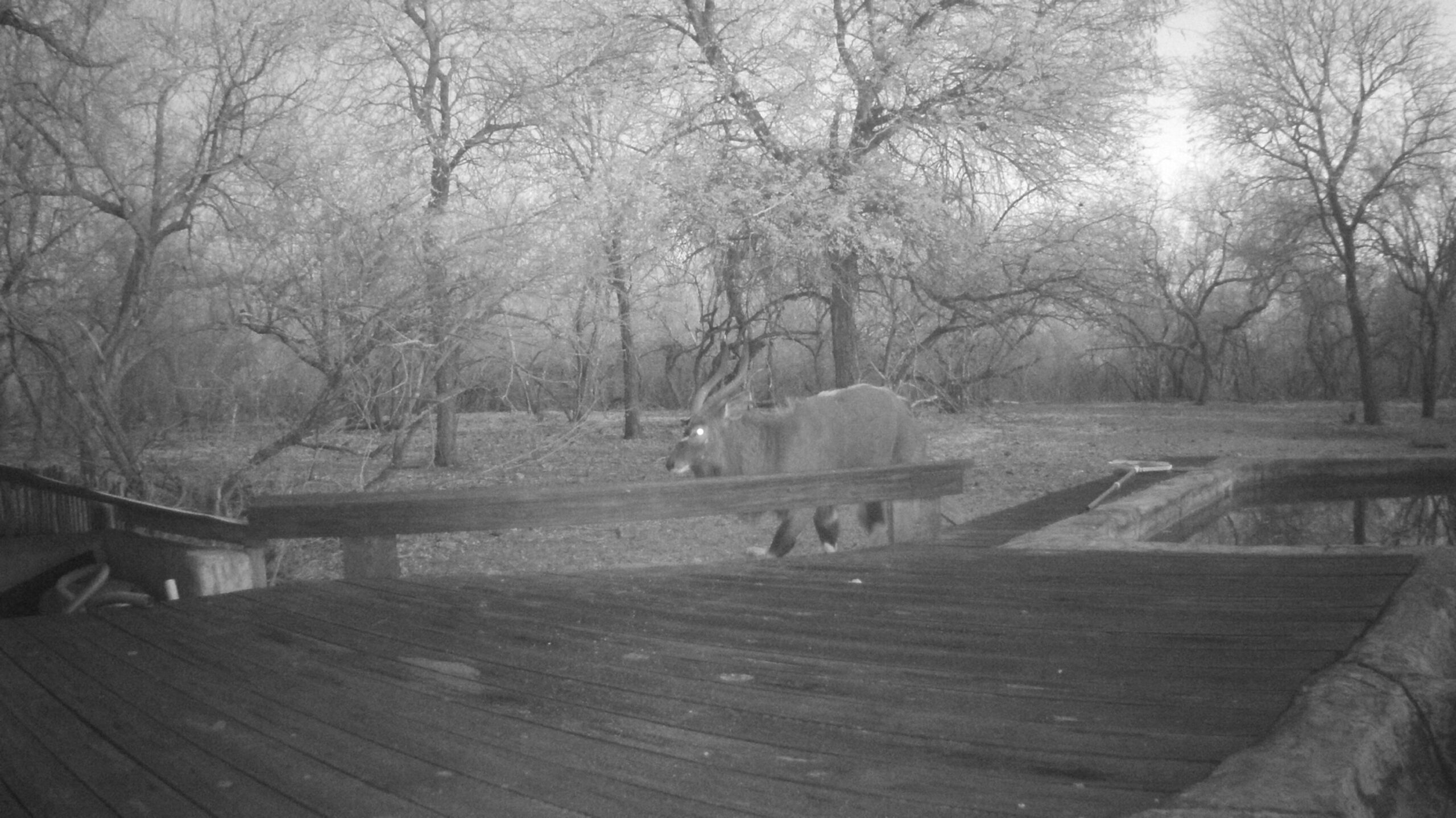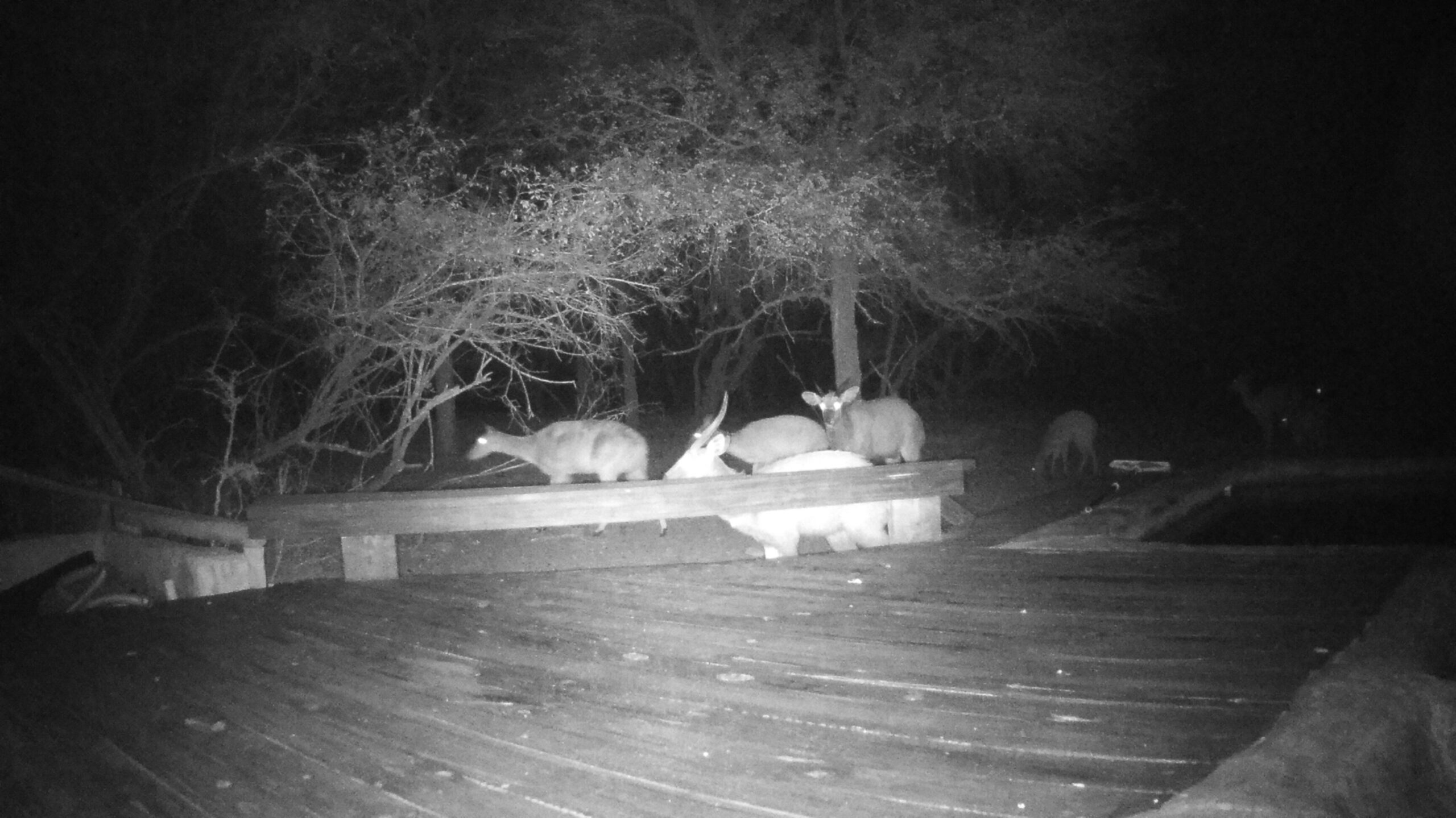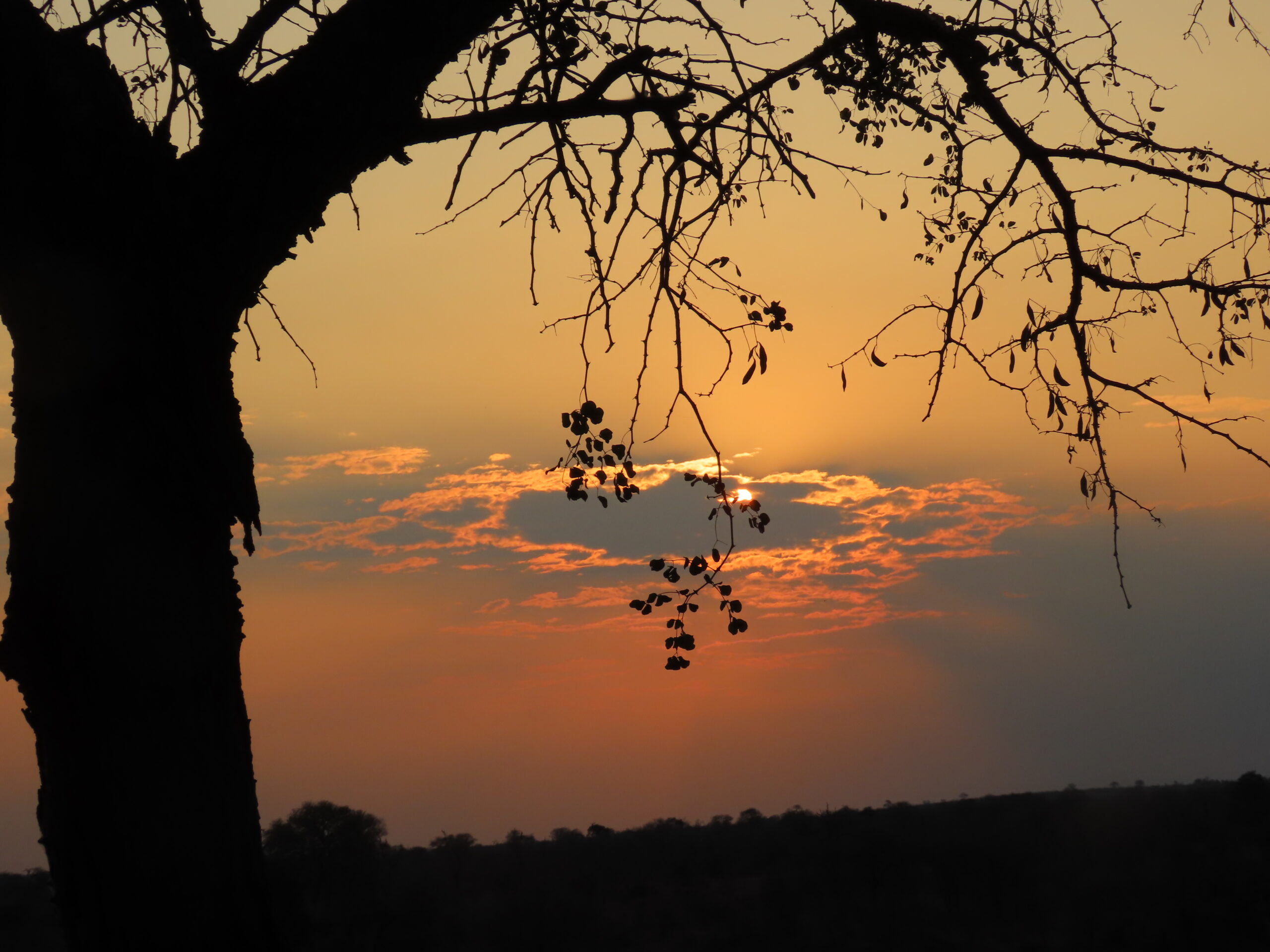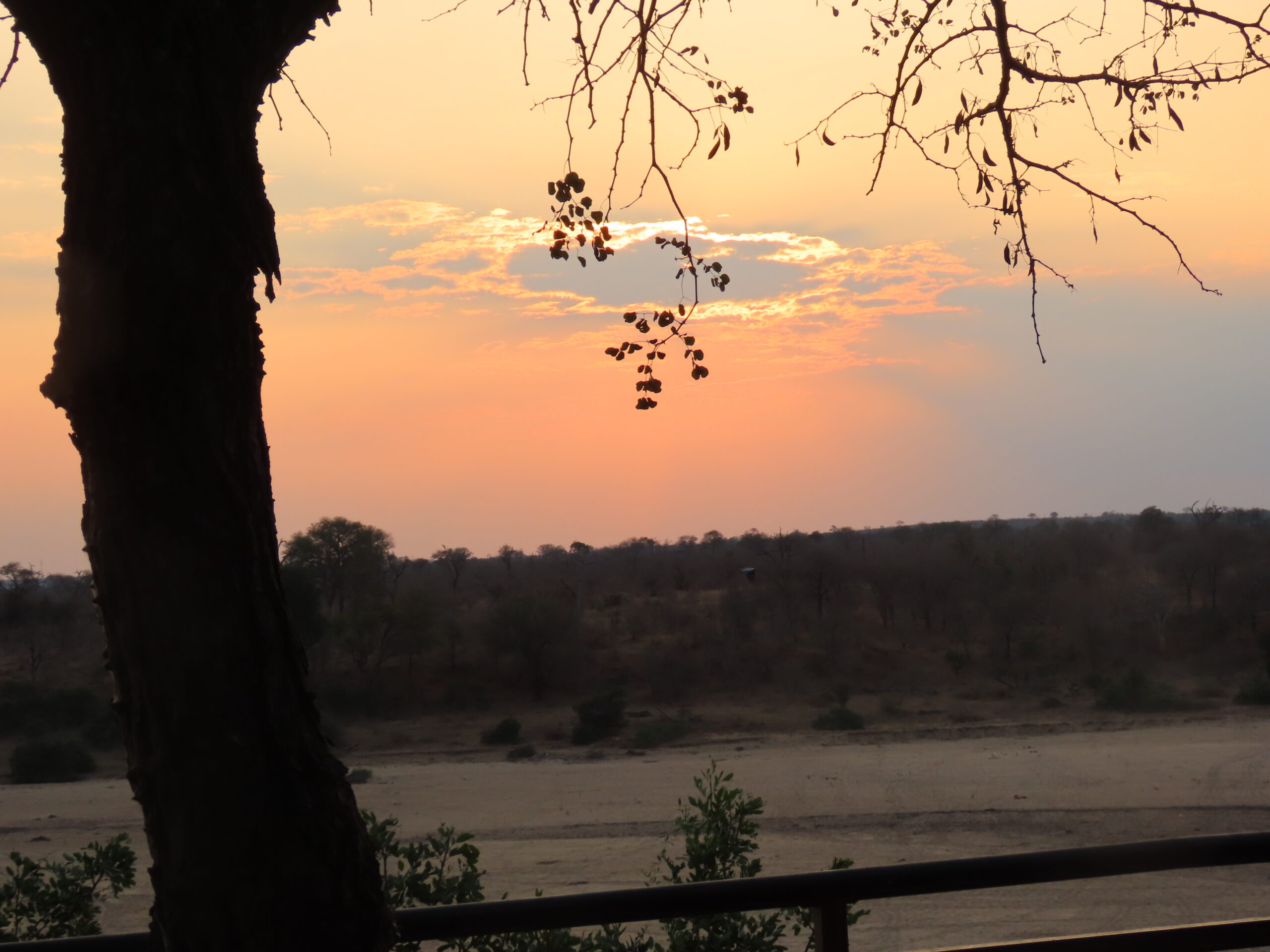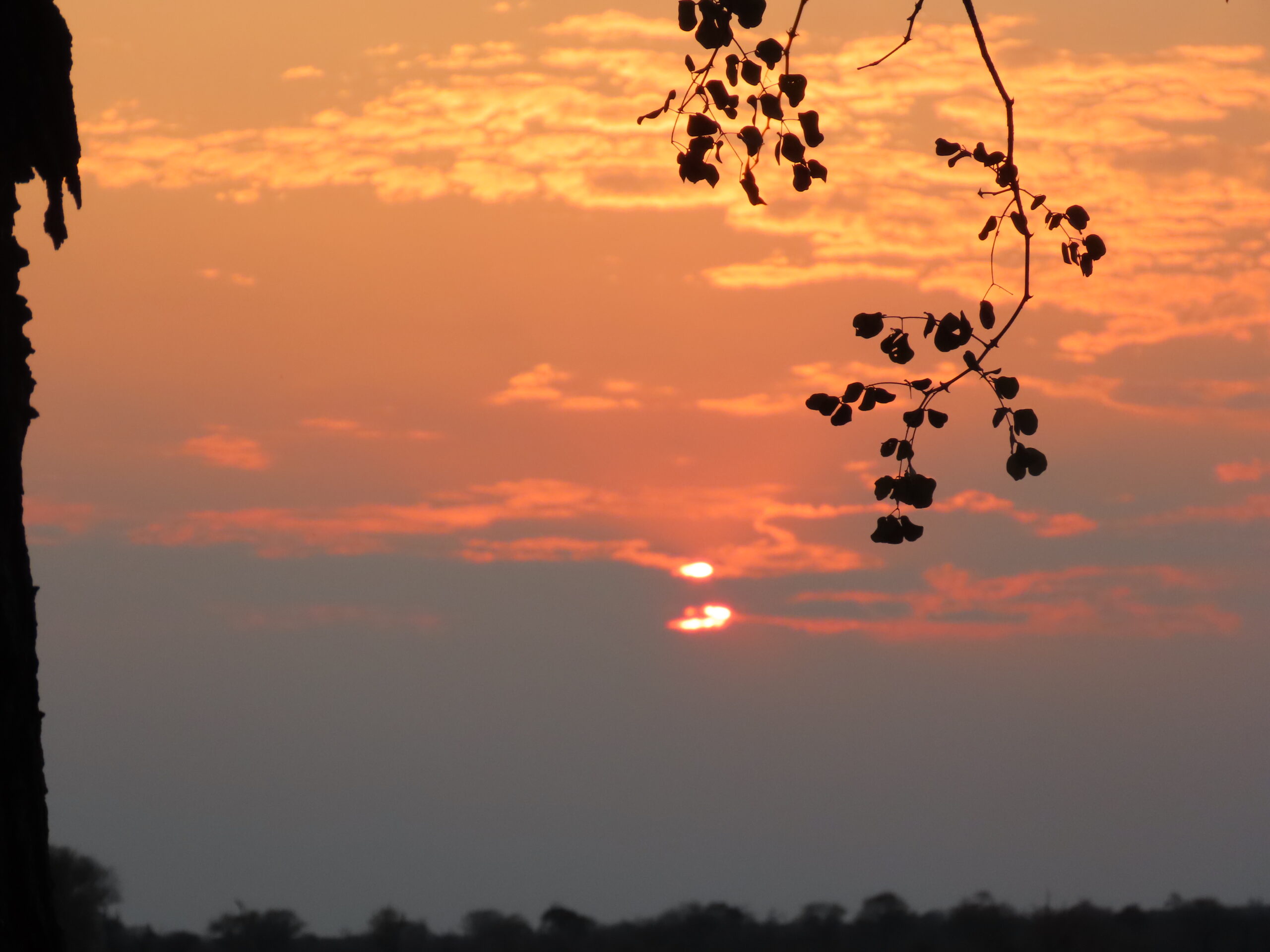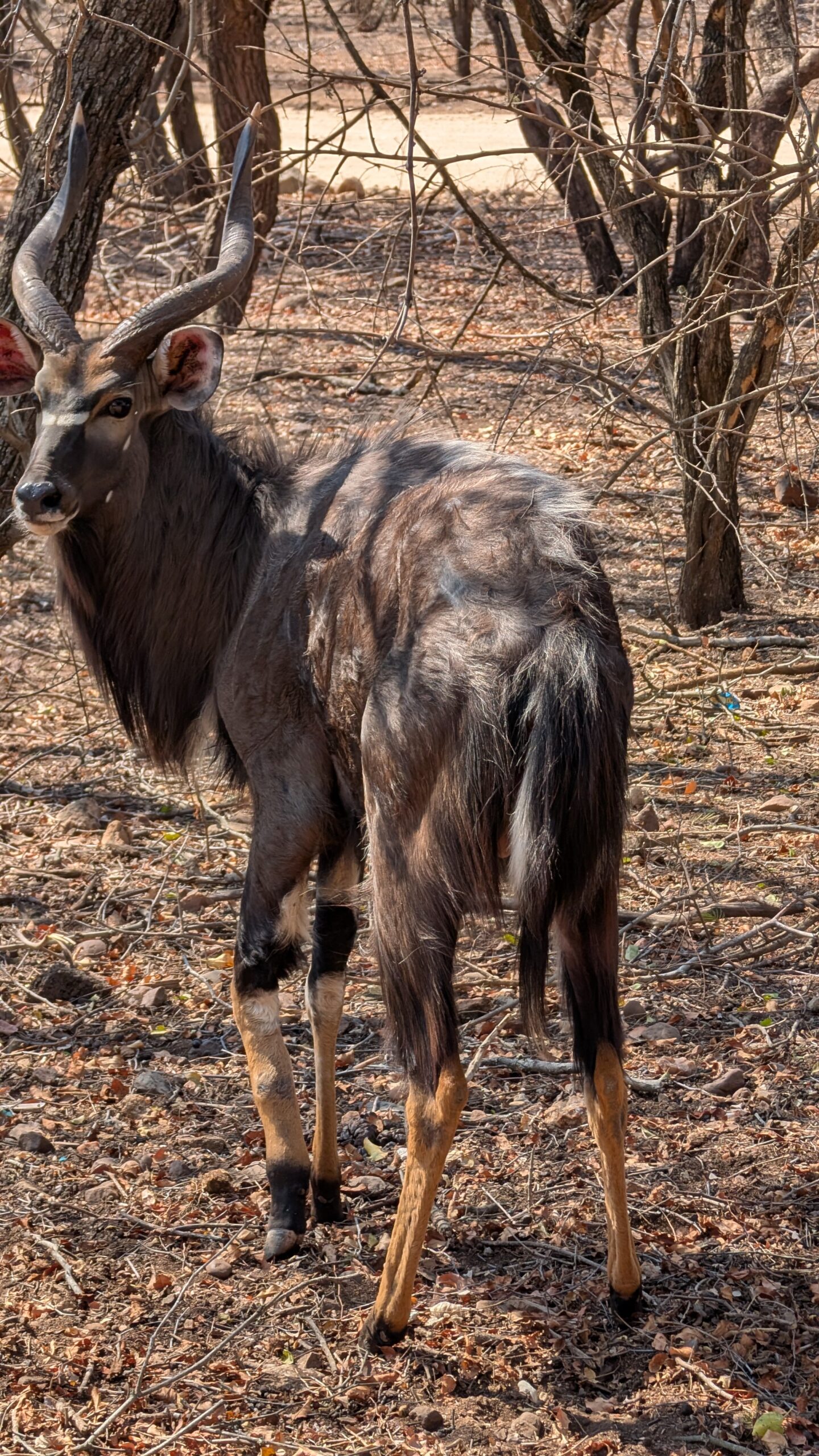
This morning, I popped out of bed at 8:00 am, determined to get this upcoming easy day in motion. With a predicted warm day, we decided to make a big chicken salad, accompanied by a green side salad, perfect for tonight’s dinner in the warm weather. Tom, up and about long before me, boiled eggs for the chicken salad, and as soon as I was showered and dressed, I lined two baking pans with tin foil and set the four one-pound (.5 kg) packages of chicken breasts in the two pans, seasoning them well and put them into the preheated oven to cook for 35 minutes.
While I was chopping and dicing vegetables for the chicken salad and side salad, I heard the hysterical cackle of the mongooses who appear every morning for breakfast. They are still in our garden several hours later, lying atop one another, cuddled up for a nap in the shade, making their usual funny little sounds when they are relaxed. It’s delightful.
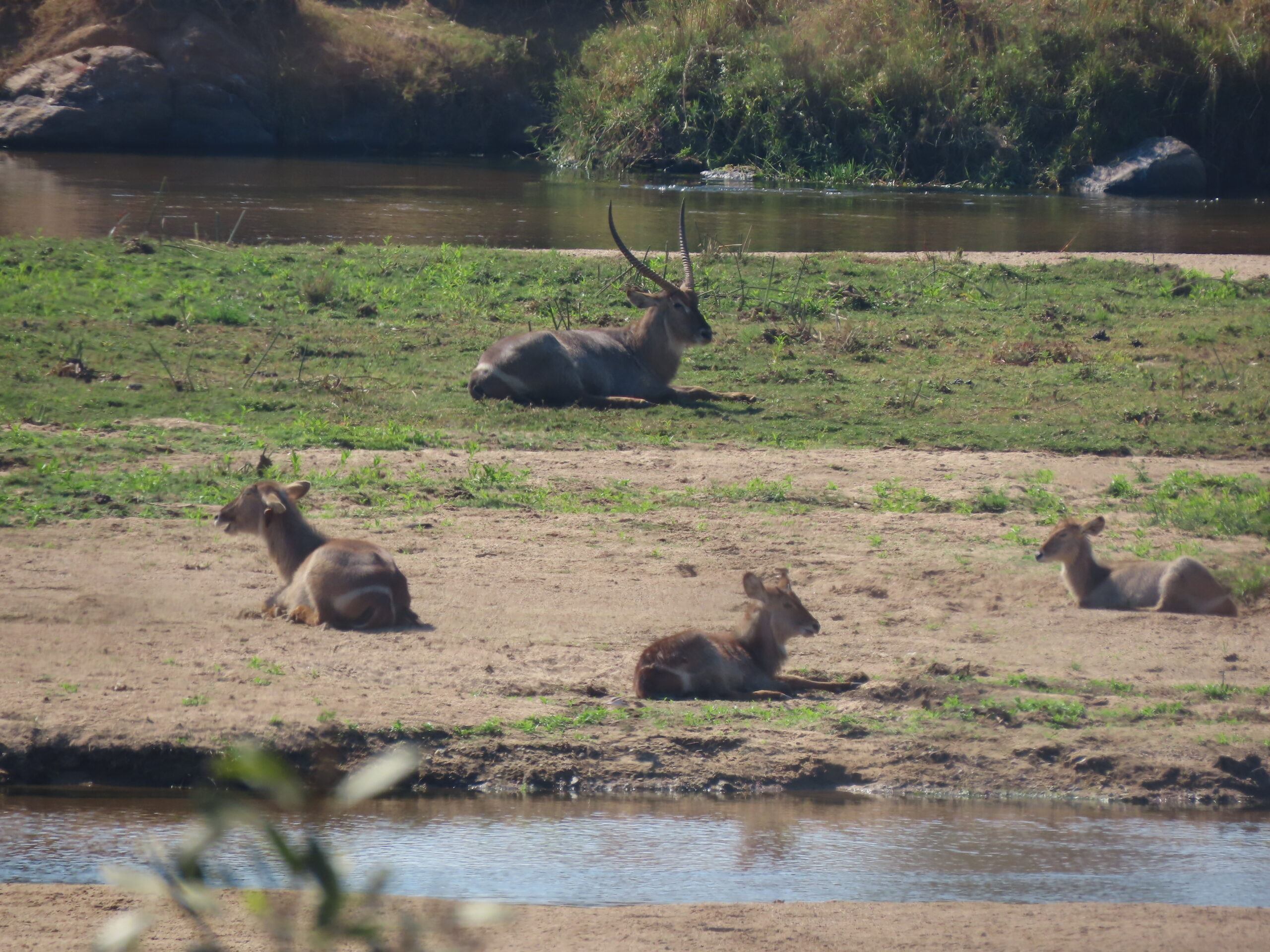
Back to the chopping and dicing, I heard Tom yell out, “Hi, Norman, good to see you,” and I came running, leaving my kitchen tasks behind to see “my boy.”
We each entertained him while the other chopped carrots, apples, and pears for Norman, hoping that nourishing him would help him recover his still swollen, broken left leg. Deidre, the Wild and Free rescue manager and expert, asked people in Marloth Park to send her videos of him walking to show how he’s doing, which she’ll share with the two vets overseeing his progress.
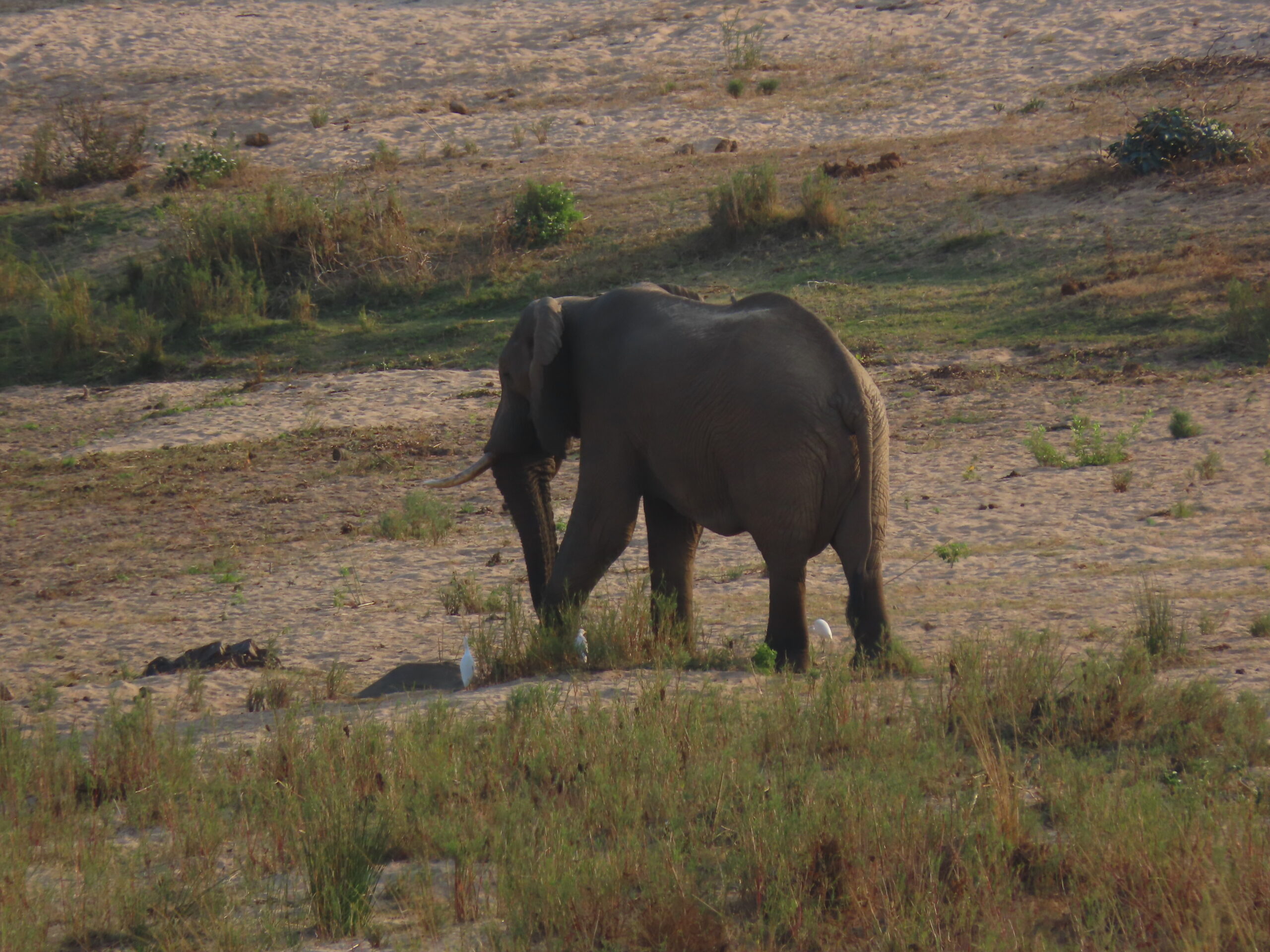
Tom took an excellent video of him walking across an open area in the garden, clearly illustrating that he’s definitely on the mend. Yes, he’s still limping but appears to be putting some weight on it, although it is still very swollen. Hopefully, before we leave here in a little over a month, we’ll be able to go with peace of mind, knowing he will survive this awful injury.
Moments later, a giraffe strolled across the garden, and again, I rushed outdoors to take a photo—such a busy morning. We didn’t expect many animals today, given that holidaymakers are here for the weekend due to yesterday’s Women’s Day. It seems international visitors also come to Marloth Park for South African holidays, not only citizens of this country.
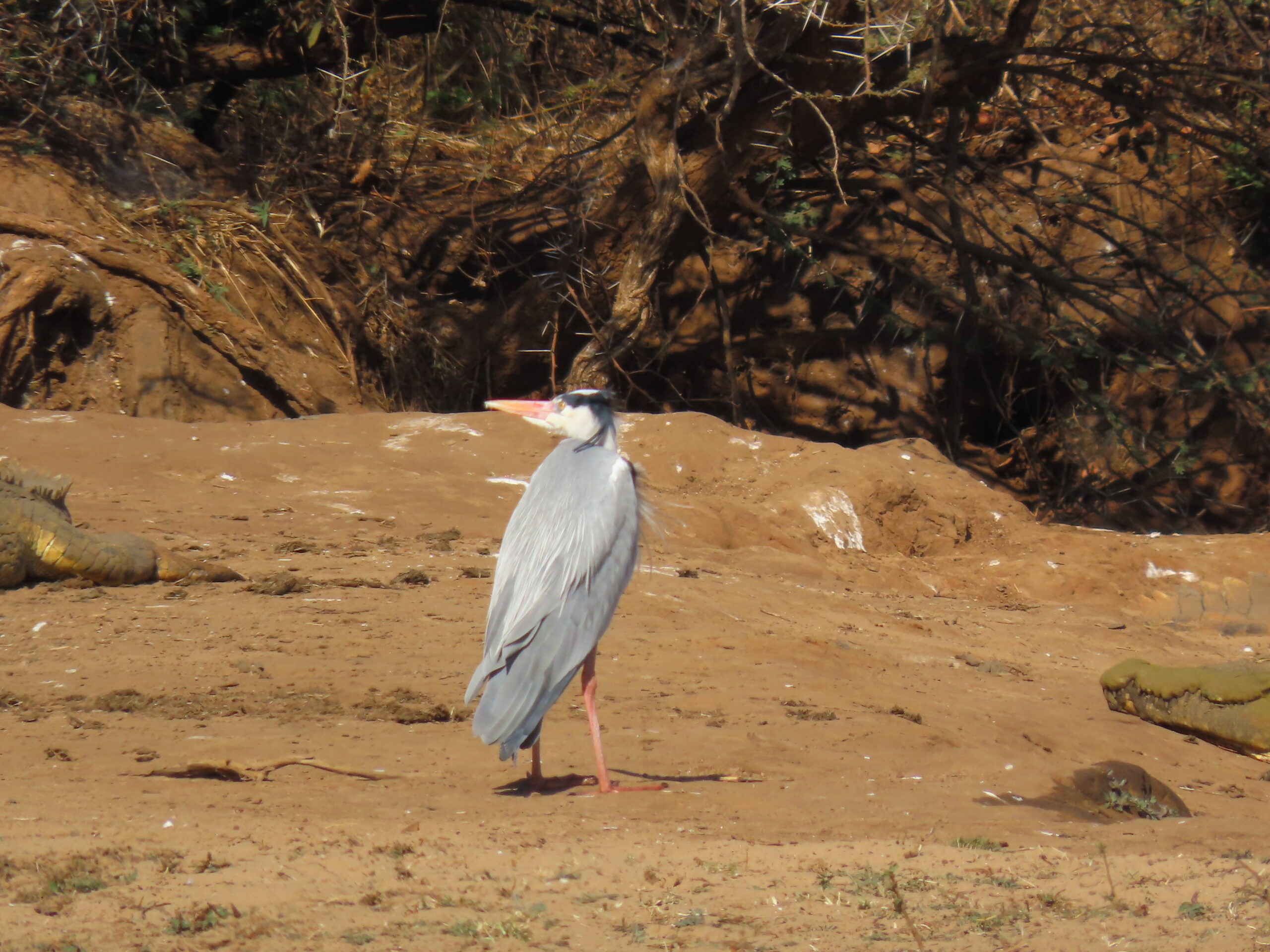
Back in the kitchen after Norman left, I cut up half of the cooked chicken for tonight’s dinner and froze the rest for another recipe, on another day. Finally, I finished the salads and was able to sit down and begin today’s post. By then, it was already after 11:00, and I prefer to be done with the post by noon or 1:00 pm to go on with the remainder of my day.
Although we don’t have big plans today, we have a busy week ahead, dining out every night except Monday and next Sunday, mostly with friends and events.
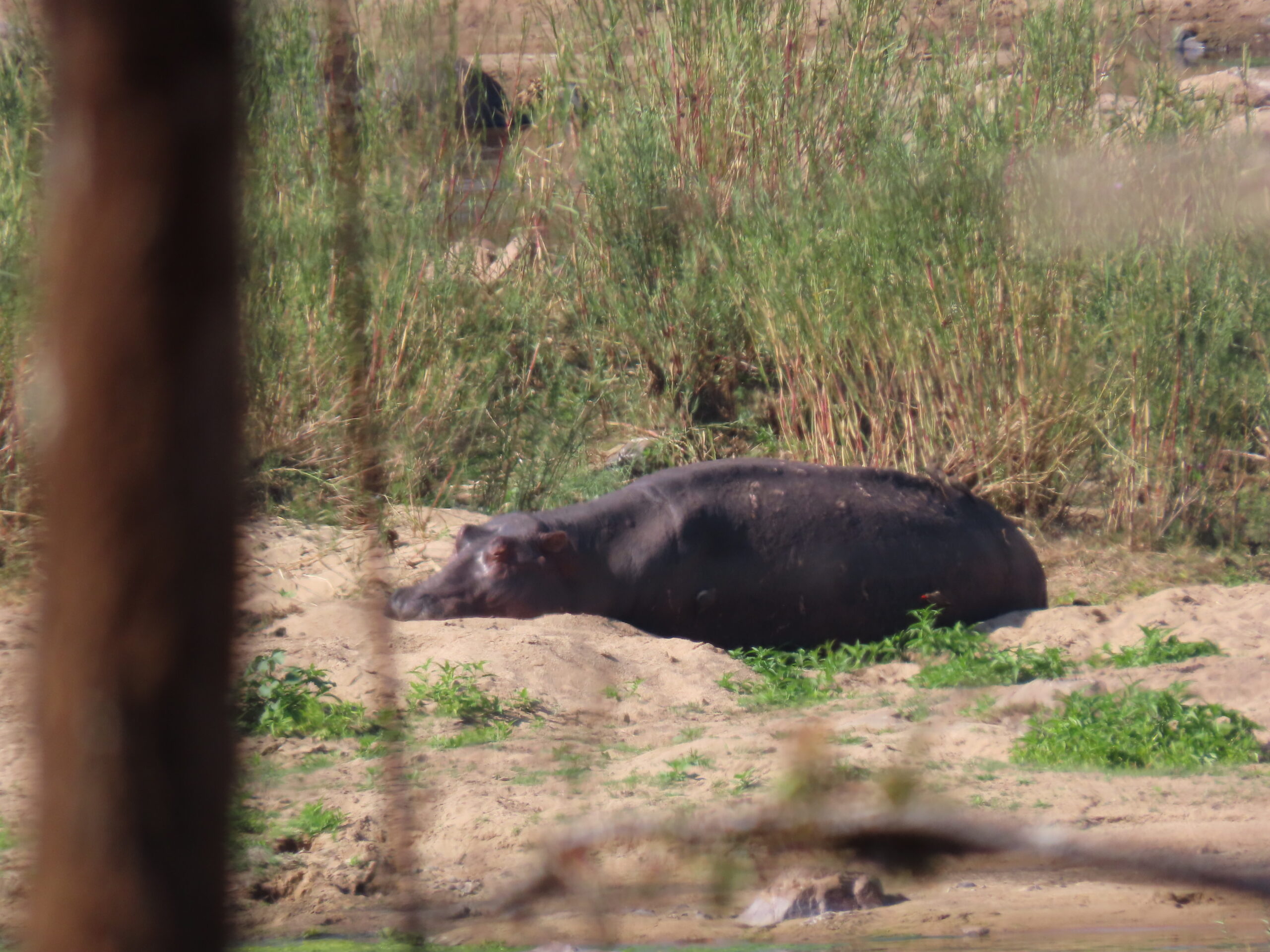
Tuesday, we’re heading to the dentist in Malalane since I broke a molar in half, along with a chip on another tooth, both of which happened in the past two weeks. Weird. I dread getting these repaired, but I have no choice. It’s one of those “must-dos”.
Tom just finished streaming the Minnesota Vikings’ first preseason game. He’s thrilled to be watching American (NFL) football again, and when I can, I join him.
Yesterday afternoon, our old friends Les and Jerry stopped by for a visit. We hadn’t seen them in three years. It was wonderful to catch up with them both before they head to various camps in Kruger National Park.
That’s it for today, dear readers. Thank you for your ongoing support and interest in the simplicities of our daily lives in the bush.
Be well.
Photo from ten years ago today, August 10, 2015:




